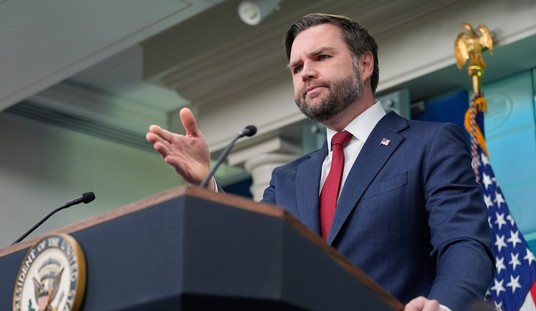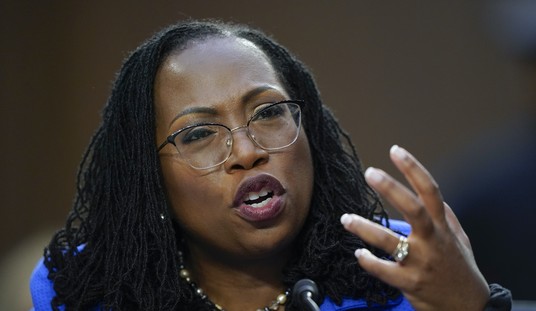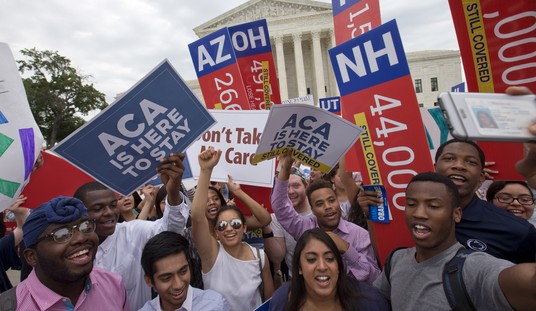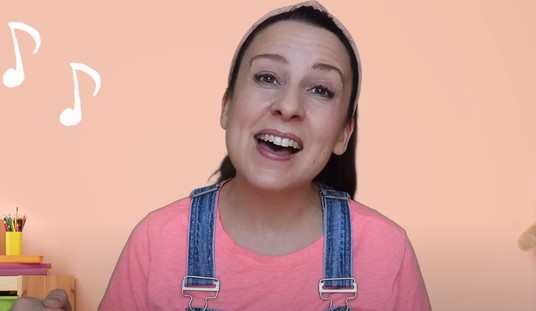One of the problems in health care today is that it turns Oscar Wilde’s quip on its head: In the United States, everyone knows the value of health care, but nobody knows the price of anything (because most spending is covered by insurance or by federal programs such as Medicare).
Pricing information is crucial in any system, because when people know what price they’re paying for a good or service, they can make informed decisions. Also, prices tend to come down over time as people demand better service at lower prices.
However, unlike Walmart or Amazon.com, the federal government isn’t especially good at negotiating lower prices. And now, crony health care interests are fighting to eliminate one of Medicare’s few pricing successes.
The issue involves prescription medicines. Since Medicare Part D was put into place to cover prescription drugs, generic and biosimilar medicines have usually been added to the program as soon as the FDA approved them. That’s given seniors access to safe, effective drugs at a much lower cost. In 2018, for example, generic drugs saved consumers almost $300 billion, with $90 billion of that going to Medicare recipients.
Sadly, though, they could have saved much more. In 2016, the Obama administration changed Medicare policy so that many generics would be priced in the same band as name brand drugs. That’s increased prices for seniors by more than $6 billion.
A good chunk of that money flowed to Pharmacy Benefit Managers (PBMs), which negotiate to get the generic meds priced in a higher band, then pocket “rebates” (kickbacks) from the big drug companies that make name brand drugs. Consumers, meanwhile, miss out on potential savings.
Under the Trump administration, the Center for Medicare & Medicaid Services (CMS) is finally taking steps to roll back the price increases. Next year, it wants to stop Medicare Part D plans from moving generic drugs into branded drug tiers. Instead, it plans to create a new tier reserved just for generics and biosimilars.
Many lawmakers support this sensible policy. “I am pleased to find that CMS is considering an ‘alternative’ policy,” Sen. Bill Cassidy of Louisiana wrote to HHS Secretary Alex Azar. “I applaud CMS for considering these cost-effective policies and urge the Agency to make them final for CY2020.”
Cassidy is a doctor and a leader in the fight for a more conservative approach to health care. He also joined fellow Republican Senators Steve Daines and James Lankford and Democrats Sherrod Brown and Robert Menendez in sponsoring an amendment to The Prescription Drug Pricing Reduction Act of 2019 that would have “ensured lower-cost generic drugs are placed on generic tiers and higher-cost brands stay on brand tiers.” They dropped that amendment for internal reasons, because Finance Committee Chairman Charles Grassley told them he’ll make certain the language makes it into the final bill.
Many other lawmakers are also pushing for the reform. “We encourage CMS to move forward with this policy effective CY2020 to lower out-of-pocket costs for millions of Americans, ensuring that they receive the full value of generic and biosimilar competition,” a bipartisan group of House lawmakers wrote to Azar. “Price competition is vital in the Part D program and beneficiaries deserve a choice at the pharmacy counter when possible.”
Seniors can thank these lawmakers, and should keep a sharp eye on Sen. Grassley. He has a chance to move forward in a bipartisan fashion with a plan that would save Medicare recipients money. That ought to be an easy sell in these divided times.
Conservatives are wary about expanding Medicare, of course. But we’re eager to use pricing power to improve the state of American health care. Let’s not allow PBMs to block this important step toward systemic reform.













Join the conversation as a VIP Member